
by Jessica McQueen, Getty. Precious exhibition ephemera from the 1920s Harlem Renaissance, rare photos of Black artist collaborations in Washington, DC. These are among the archival materials housed in libraries, universities, museums, and community centers across the United States—institutions dedicated to preserving and sharing the history of Black art.

Aperture. The second title in Aperture’s Vision & Justice Book Series, created and coedited by Drs. Sarah Lewis, Leigh Raiford, and Deborah Willis, showcases the luminous, wideranging contributions of an essential artist. This long-awaited volume, Simpson’s first, features her celebrated B-Boys series—portraits of young people coming of age during the early years of hip-hop—as well as her experiments with collage and other formal interventions.

Third World Newsreel: African Spiritualities. Granted rare access to Ndeup, a spiritual healing ceremony practiced by Lebou peoples in Senegal, filmmaker and writer Manthia Diawara – with input from a cadre of scientists and academics – wonders what connections, if any, can be made between the possession ritual and Western logic.

by Seph Rodney, HYPERALLERGIC. El Museo de Arte de Puerto Rico seeks to serve teachers, children, incarcerated people, and local artists alike, expanding the definition of what a museum can do. But the museum doesn’t only seek to intervene in people’s lives after they have found themselves in irrevocable situations.
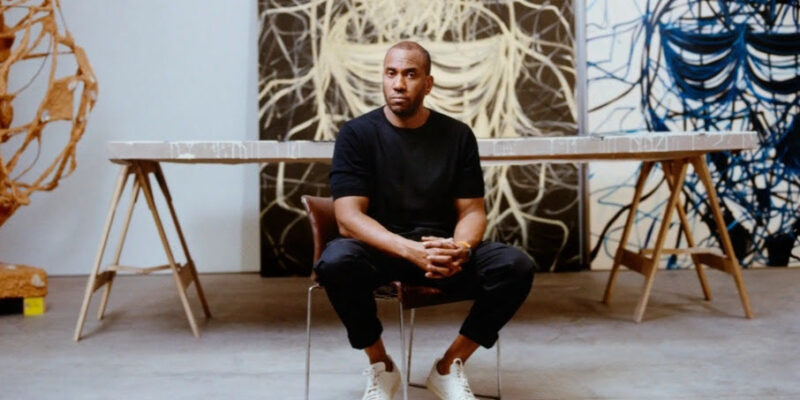
Solomon R. Guggenheim Museum. For nearly 30 years, artist Rashid Johnson has cultivated a diverse body of work that draws upon an array of disciplines such as history, philosophy, literature, and music. This major solo exhibition highlights Johnson’s role as a scholar of art history, a mediator of Black popular culture, and as a creative force in contemporary art.
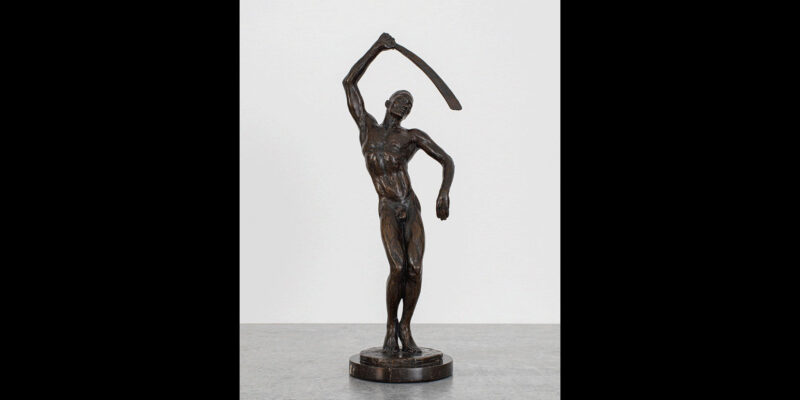
Michael Rosenfeld Gallery. Michael Rosenfeld Gallery is proud to present Bienvenue: African American Artists in France, a historical survey of seventeen Black American artists who lived and worked in France from the late nineteenth century through the present.
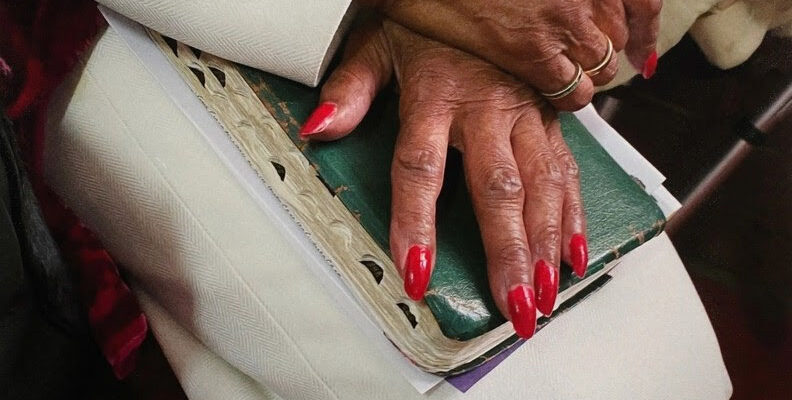
Jordan Schnitzer Museum of Art. A selection of photographs from the personal collection of Portland, Oregon based photographer and curator, Christopher Rauschenberg. Over five decades, Rauschenberg has compiled a truly distinctive archive of photographs encompassing a wide array of themes, styles, uses of the medium, and range of subjects and content.
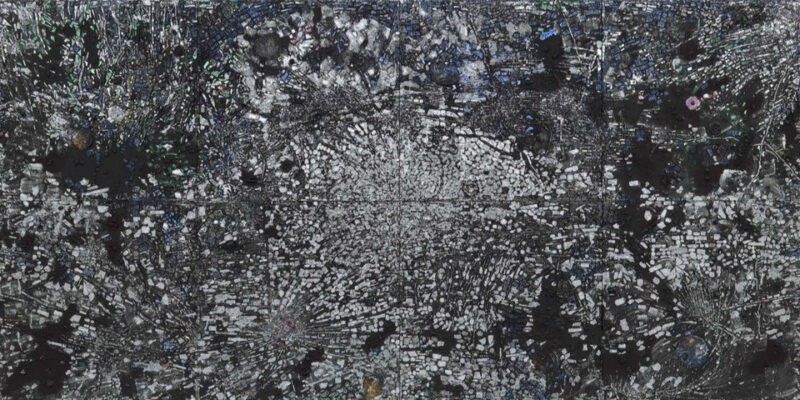
The Museum of Modern Art. Jack Whitten created visionary beauty from righteous anger. Born in Bessemer, Alabama, amid the violence of the segregated South, he joined the Civil Rights movement, then made his way to New York in 1960. There, he decided to become an artist.
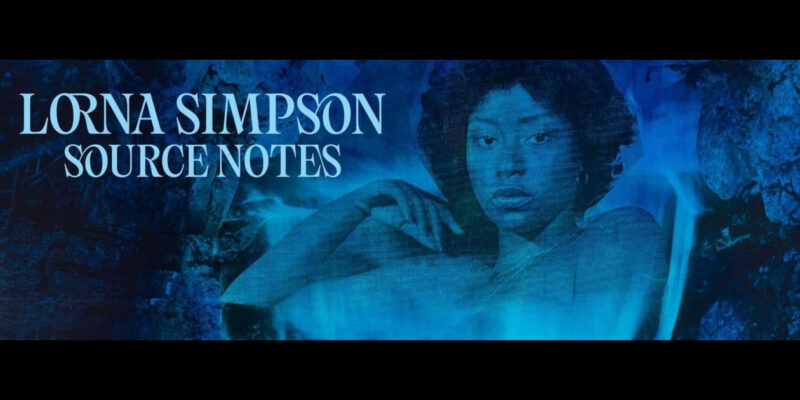
The Metropolitan Museum of Art. This presentation of work by New York–based artist Lorna Simpson is the first exhibition to consider the entirety of her painting practice. Simpson came to prominence in the early 1990s with her pioneering approach to conceptual photography. Since then, she has produced works in multiple media that continue to probe the nature of images and how they construct meaning.

Centre Pompidou. Paris Noir at the Centre Pompidou in Paris brings together over 150 artists, writers, and thinkers of African descent associated with and responsive to the cultural, political, and intellectual milieu in Paris between the establishment of the quarterly Présence Africaine in 1947 and 2000. Included in the show are four pieces by the late Pennsylvania-based artist, William R. Hutson.


